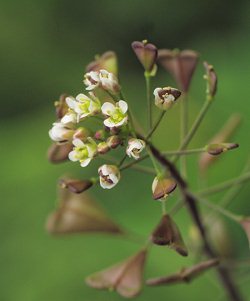Katie goes on in her blog to relate this incident to killer whale behaviour and ecology with this striking picture to support her post. ----->
Killer whales are a large migratory species that cover great distances over the course of one year. Although I have no litterature to support this, common sense tells us that if a creature is used to having a lot of space and is genetically programmed to search for cooler waters at a certain time of year, it might not enjoy captivity in a area nearing the equator (although they can be found in tropical waters).
I love killer whales or orcas as some call them. Their colouration and shape, their pack hunting habits, everything about them SCREAMS predator. They are the wolves of the sea, a formidable oppenent even for larger whales. They are an apex or super predator since they have no known predators. Never will I forget the documentary showing killer whales catching and juggling seals one after the other only to let them sink to the bottom of the ocean. Even so I can not help but be in awe of them (Free Willy must of had something to do with it).
If you've seen Free Willy (1, 2, and 3), you know that the Orca plays an important part in many Native American legends. I like this one :
''Some legends claim that the first killer whale was previously a supernatural white wolf that entered the sea and transformed into a whale. Mother Earth painted markings on the side of the killer whale as a reminder that it used to be a member of the wolf family. Indeed, both the killer whale and wolf share similar characteristics as they both have similar coloring. They both also stay and hunt in family packs. There are also legends that describe the killer whale being able to transform back and forth into a wolf.''
Although zoos play an important role in conservation efforts, public education, and create awareness about vulnerable species, it comes at a great cost: life on both sides.
Take care.









![Reblog this post [with Zemanta]](http://img.zemanta.com/reblog_e.png?x-id=c0439d32-920a-409c-8cc7-3cff1e6dbc66)